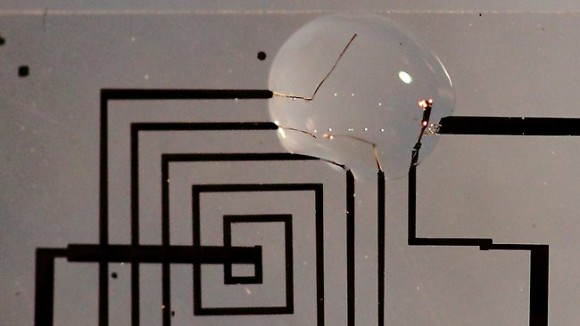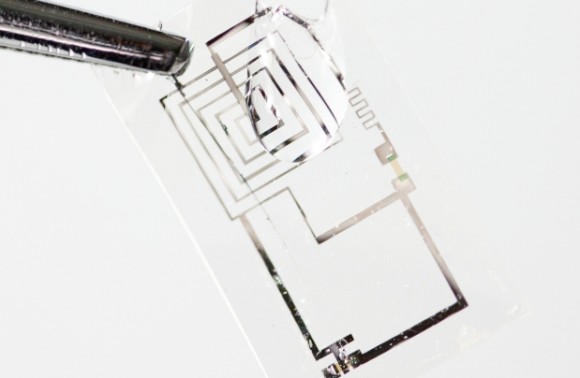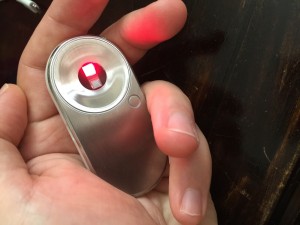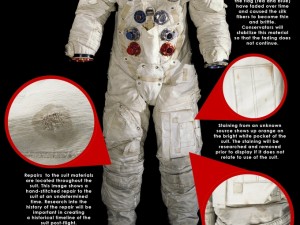Scientists have just announced that they’ve developed tiny medical devices that can dissolve in the body.
About the size of a microchip, the devices were tested in mice and proved successful in a round of federally funded laboratory tests. This advancement in medical technology is a breakthrough in both non-invasive and superfluous surgery, as well as a leap in reducing electronic waste. Sealed in a silk cocoon, the devices, made of materials such as magnesium and silicon that degrade naturally in the body, virtually disappeared in the mice after three weeks.
The devices also emit heat (almost like an artificial fever) in an attempt to fight infection by killing germs after surgery and are programmed to dissolve at varying times, from seconds, to weeks and possibly years. In order to program the devices to disintegrate at specific times the scientists must manipulate the specific fibers of the silk that cover the devices – from looser which will last a shorter period of time to tighter which will last much longer.
The scientists say that this technology might be the first step in whole host of amazingly beneficial applications. The devices can reduce unnecessary and possibly risky surgery, infections and could greatly reduce medical costs. The devices could also hail an entire new trend of biodegrade electronics. Imagine a cellphone that simply washes away? The team leading the study at University of Illinois at Urbana-Champaign has already developed a very primitive camera using solar power that takes an 8-pixel by 8-pixel image.
The devices are a long way away from being tested on humans, but there is an incredible amount of interest outside of the medical sector. Could this be the beginning of a new frontier of transient technology? With the oceans and oceans of electronic waste around the world, it might be our only option.








